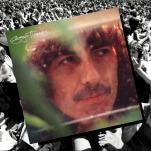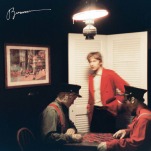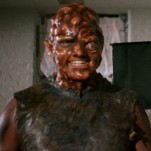Unspeakable Things by Kathleen Spivack

With refugees making headlines around the world, Kathleen Spivack’s Unspeakable Things proves remarkably timely. The lyrical novel explores the lives of European refugees during the later years of World War II, the efforts made within the diaspora to save lives back home and the struggle to release a traumatizing past. These elements combine to make Spivack’s novel at once jarring, magical and undoubtedly essential.
Herbert Hofrat and his wife Adeline were prominent members of Viennese society before the war, enjoying an idyllic life with their sons David and Michael. But when the war forced them to flee, Herbert made an unspecified deal with the authorities that resulted in the loss of his son Michael in exchange for his family’s escape. Adeline was driven to hospitalization by grief and guilt, all while her husband, son, daughter-in-law and grandchildren lived in a cramped apartment in Manhattan.
 Herbert soon sets himself up as a fixer for fellow refugees, the kind of man who can pull strings to get family and loved ones safely out of Europe. But he’s surprised when his beloved second cousin Anna, or The Rat, arrives in New York City. The two were childhood friends and had maintained sporadic communication while The Rat was in Russia, where she married into the nobility before the fall of the monarchy. Hunched due to a spinal deformity, The Rat has a unique power to draw in other people, a lively sense of humor and a life story touched by immense danger.
Herbert soon sets himself up as a fixer for fellow refugees, the kind of man who can pull strings to get family and loved ones safely out of Europe. But he’s surprised when his beloved second cousin Anna, or The Rat, arrives in New York City. The two were childhood friends and had maintained sporadic communication while The Rat was in Russia, where she married into the nobility before the fall of the monarchy. Hunched due to a spinal deformity, The Rat has a unique power to draw in other people, a lively sense of humor and a life story touched by immense danger.
The other characters in Unspeakable Things’ complex web are a doctor who serves the Nazi regime, Herbert’s son David, who works as a translator in Washington, and a string quartet—all of whom lost a finger before fleeing to Vienna. It takes most of the story for each individual thread to weave together, building to the end of the war and a remarkable resolution.
-

-

-

-

-

-

-

-

-

-

-

-

-

-

-

-

-

-

-

-

-

-

-

-

-

-

-

-

-

-

-

-

-

-

-

-

-

-

-

-








































